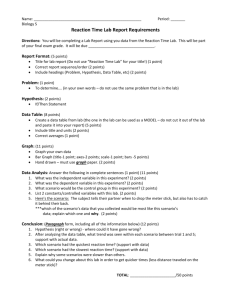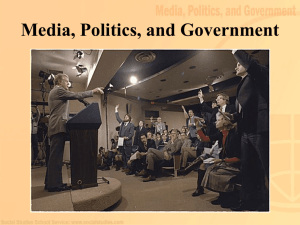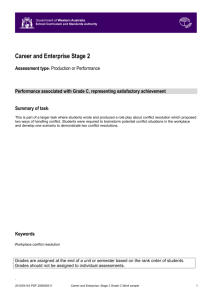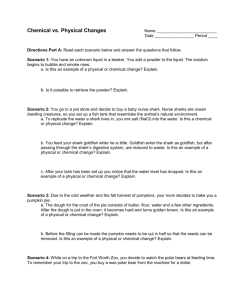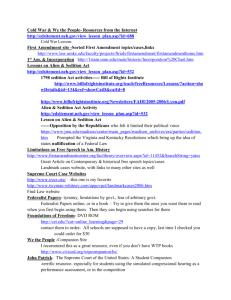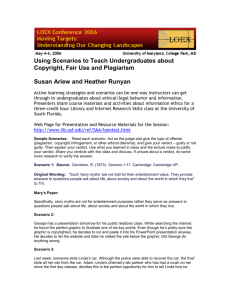Search and Seizure
advertisement
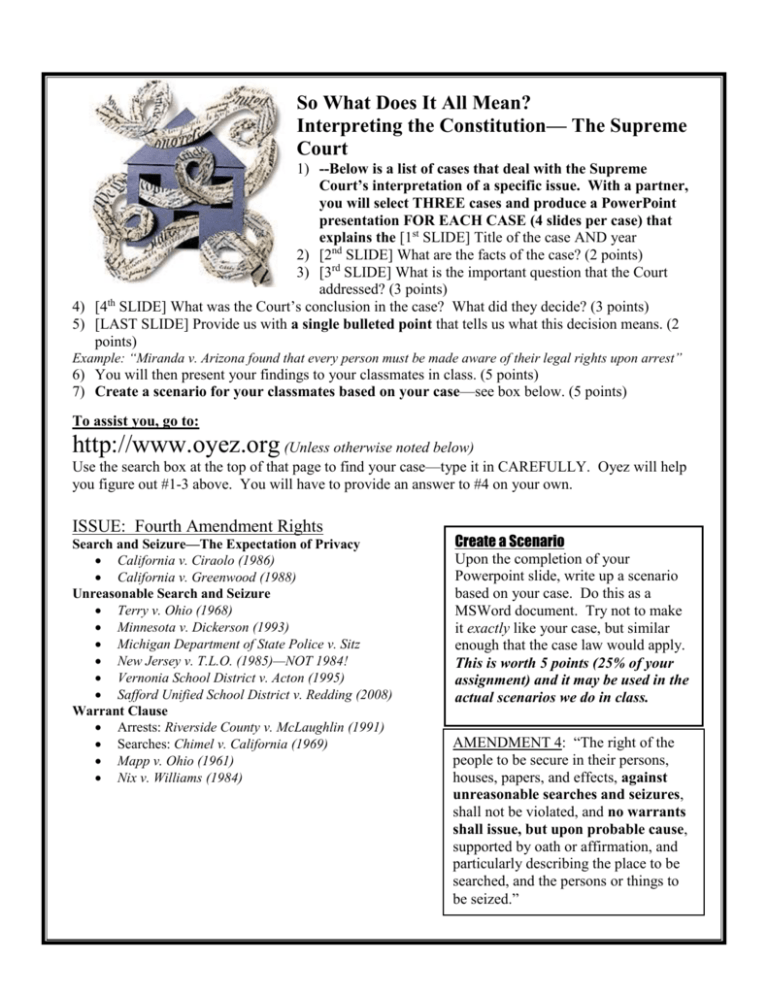
So What Does It All Mean? Interpreting the Constitution— The Supreme Court 1) --Below is a list of cases that deal with the Supreme Court’s interpretation of a specific issue. With a partner, you will select THREE cases and produce a PowerPoint presentation FOR EACH CASE (4 slides per case) that explains the [1st SLIDE] Title of the case AND year 2) [2nd SLIDE] What are the facts of the case? (2 points) 3) [3rd SLIDE] What is the important question that the Court addressed? (3 points) th 4) [4 SLIDE] What was the Court’s conclusion in the case? What did they decide? (3 points) 5) [LAST SLIDE] Provide us with a single bulleted point that tells us what this decision means. (2 points) Example: “Miranda v. Arizona found that every person must be made aware of their legal rights upon arrest” 6) You will then present your findings to your classmates in class. (5 points) 7) Create a scenario for your classmates based on your case—see box below. (5 points) To assist you, go to: http://www.oyez.org (Unless otherwise noted below) Use the search box at the top of that page to find your case—type it in CAREFULLY. Oyez will help you figure out #1-3 above. You will have to provide an answer to #4 on your own. ISSUE: Fourth Amendment Rights Search and Seizure—The Expectation of Privacy California v. Ciraolo (1986) California v. Greenwood (1988) Unreasonable Search and Seizure Terry v. Ohio (1968) Minnesota v. Dickerson (1993) Michigan Department of State Police v. Sitz New Jersey v. T.L.O. (1985)—NOT 1984! Vernonia School District v. Acton (1995) Safford Unified School District v. Redding (2008) Warrant Clause Arrests: Riverside County v. McLaughlin (1991) Searches: Chimel v. California (1969) Mapp v. Ohio (1961) Nix v. Williams (1984) Create a Scenario Upon the completion of your Powerpoint slide, write up a scenario based on your case. Do this as a MSWord document. Try not to make it exactly like your case, but similar enough that the case law would apply. This is worth 5 points (25% of your assignment) and it may be used in the actual scenarios we do in class. AMENDMENT 4: “The right of the people to be secure in their persons, houses, papers, and effects, against unreasonable searches and seizures, shall not be violated, and no warrants shall issue, but upon probable cause, supported by oath or affirmation, and particularly describing the place to be searched, and the persons or things to be seized.”

